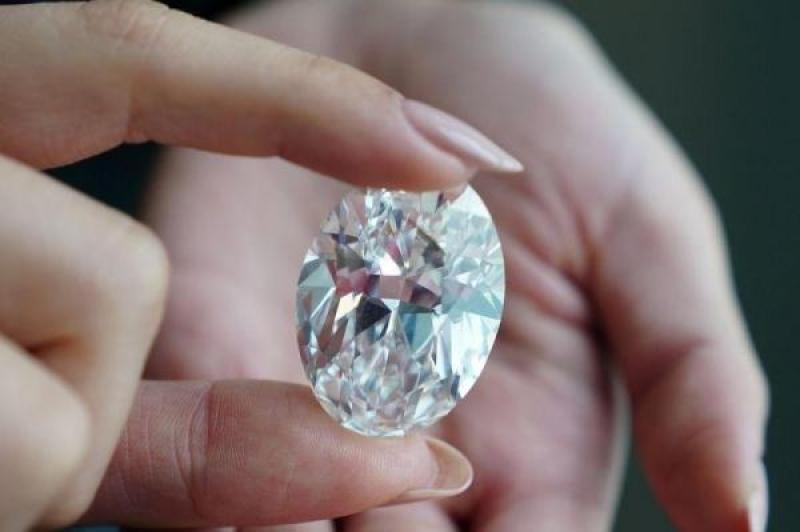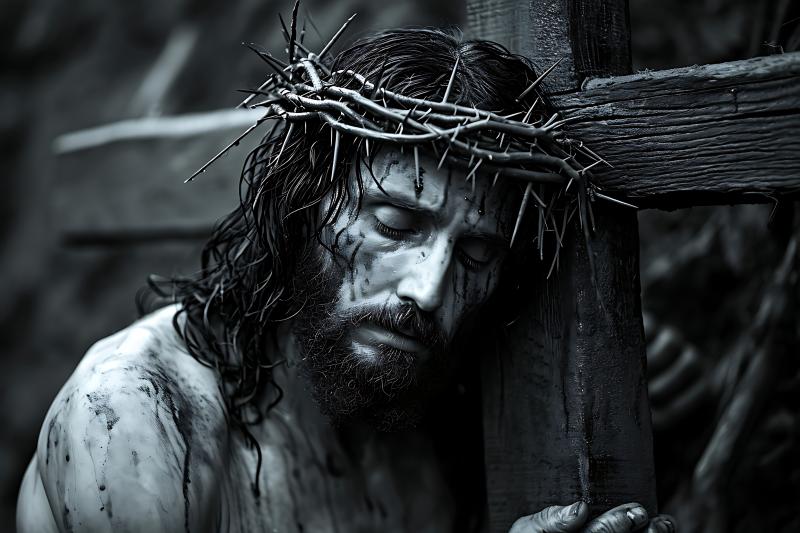Emad Barsoum writes: Demise of Monarchies

History tells us that the most significant revolutions outbroke against monarchies and the feudal systems they protected under the blessings of the church. It was a whole formula that represented tyranny, exploitation, dictatorship, and repression.
The first revolution in the new world that declared its rejection of the crown and sought the formation of a republic and abolishing monarchy was the American revolution in 1775, followed by the French revolution in 1789. However, the latter had gone into deep turbulences, which led to the return of an emperor instead of a King, then went through several changes between monarchy and republic till the fifth French republic in 1958.
But the French revolution was, and still is, the symbol for all democratic movements and the demise of monarchies in Europe, inspired by the long-term works of great philosophers, writers, musicians, artists, thinkers, and statesmen who established the concept of freedom, human rights, social justice, equality, and the sovereignty of the Law, and paved the road for the democracy and liberty as we see it now in the western civilizations.
The fall of monarchies and what they represent is connected to the independence movements worldwide and the collapse of imperialism and the end of colonization, among which was the British empire, the one that used to be known as the empire on which the Sun never sets. This monarchy lasted even as an icon till nowadays, led by the late Queen Elizabeth II and its royal family, who were always in the spotlight.
The Queen did not only represent monarchies in their current shape, but she was an extraordinary witness of history during the seventy years of her reign. Nevertheless, those years have witnessed one of the most critical conversions in the direction of governance and ruling: the rejection of the power of the monarchies.
New generations, especially in western Europe, realized that royalty nowadays has no significance, even as a symbol. Such an approach has strongly dominated the political and social trends in the United Kingdom, which believed that Queen Elizabeth II would be the last royal of Britain, if not of the western world.
Now by the decease of the Queen, do the commonwealth still need a symbol as the head of State, especially amid the sturdy presence of the parliamentary systems?
Even if we look back, did any member State of the commonwealth benefit from such an affiliation with the British crown in the present times or near past?
In fact, we have recently witnessed countries like Barbados that have removed the Queen as its head of State and declared a republic. Besides, many countries like Pakistan have left the commonwealth and still growing economically and politically.
But the vital question that needs clear answers is, why a country like Canada, a model of democracy, freedom, advancement, and progressiveness, would prefer to stay in connection with the crown and have a King as its head of State, the symbol of radicalism and monocracy? Even if we consider that Canada was co-established by the loyalists, who refused to revolt against Britain during the American revolution. But we must never forget that the wheel of time and the course of history cannot be reversed, and the end of monarchies is inevitable.




















